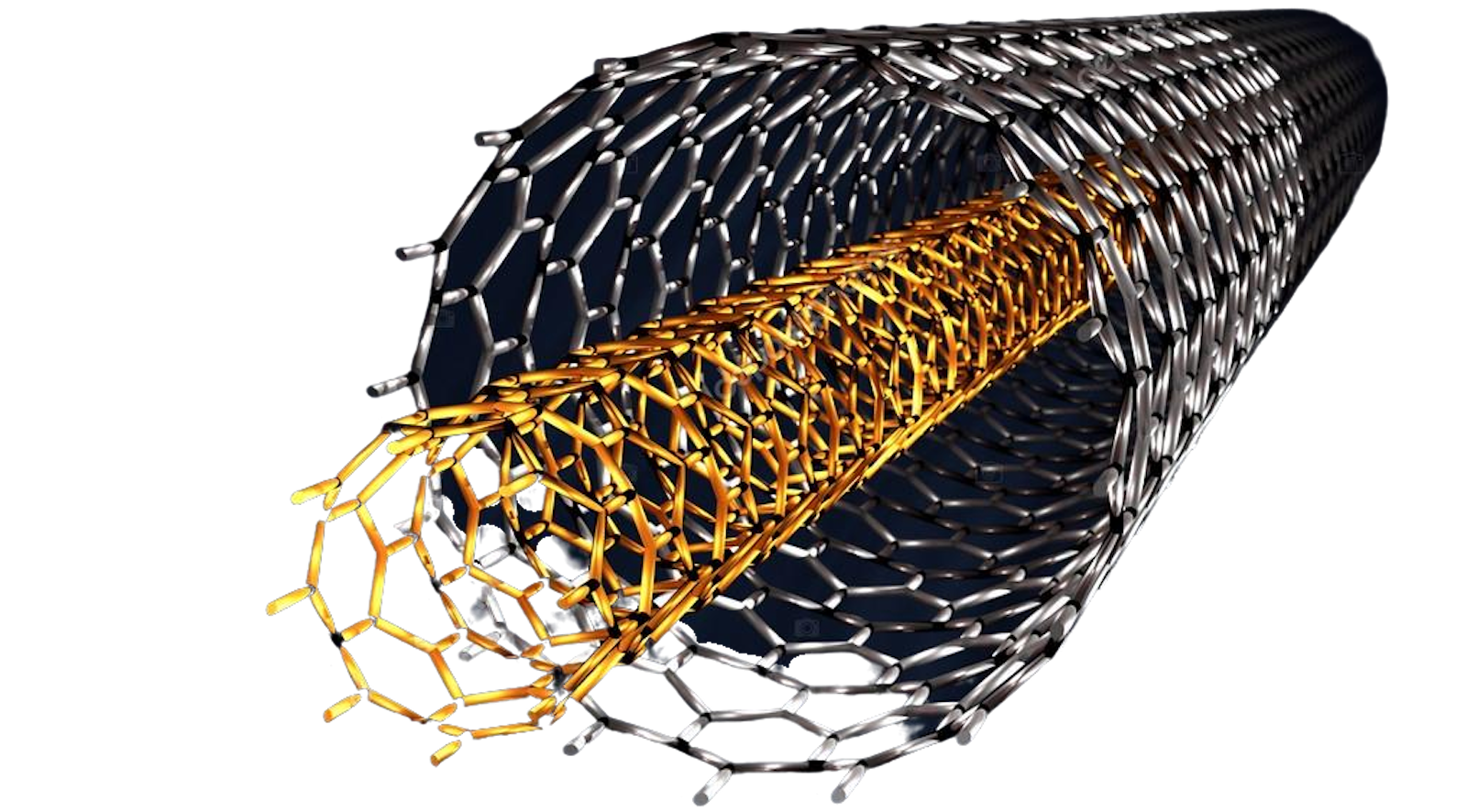“This breakthrough development translates into a remarkable improvement in cell-core energy density, reaching 2,000Wh/L in batteries and approximately 1,700Wh/L in full-size EV batteries – more than double the performance of current state-of-the-art technologies,”
“Sienza’s 3D pure silicon anode has demonstrated an average gravimetric capacity of 2,941 mAh/g,” Professor Gharib said. “This means that for every gram of silicon, our batteries can store 2,941 milliampere-hours of electricity, significantly higher than the industry standard for graphite, with a gravimetric capacity of 372 mAh/g.”
Aside from completely avoiding the cobalt issue, Sienza notes that its manufacturing process does not rely on the solvent-based coating systems deployed for producing conventional lithium-ion batteries. Sienza cites one commonly used solvent in particular, N-methyl-pyrrolidone (NMP).



Given these ratios it sounds like it’s more energy dense and less mass dense. That’s impressive. Hope it is commercially viable.
In other words, I think “9 times more energy dense per gram” is probably far more laudable than “twice as energy dense per liter”, especially in EV applications, where battery packs are significant weight, and weight reduces “efficiency” (obviously they are just as efficient, but it takes more energy to move the added weight. You know what I mean)
Weight isn’t as big a concern with EVs because they require more energy to accelerate, but they get more energy back when regeneratively braking. The biggest impact on EV range is aerodynamic, by a long shot. The F-150 lightning, for example, has the same efficiency with the standard and extended range batteries, even though the extended range battery is 500 lbs heavier.